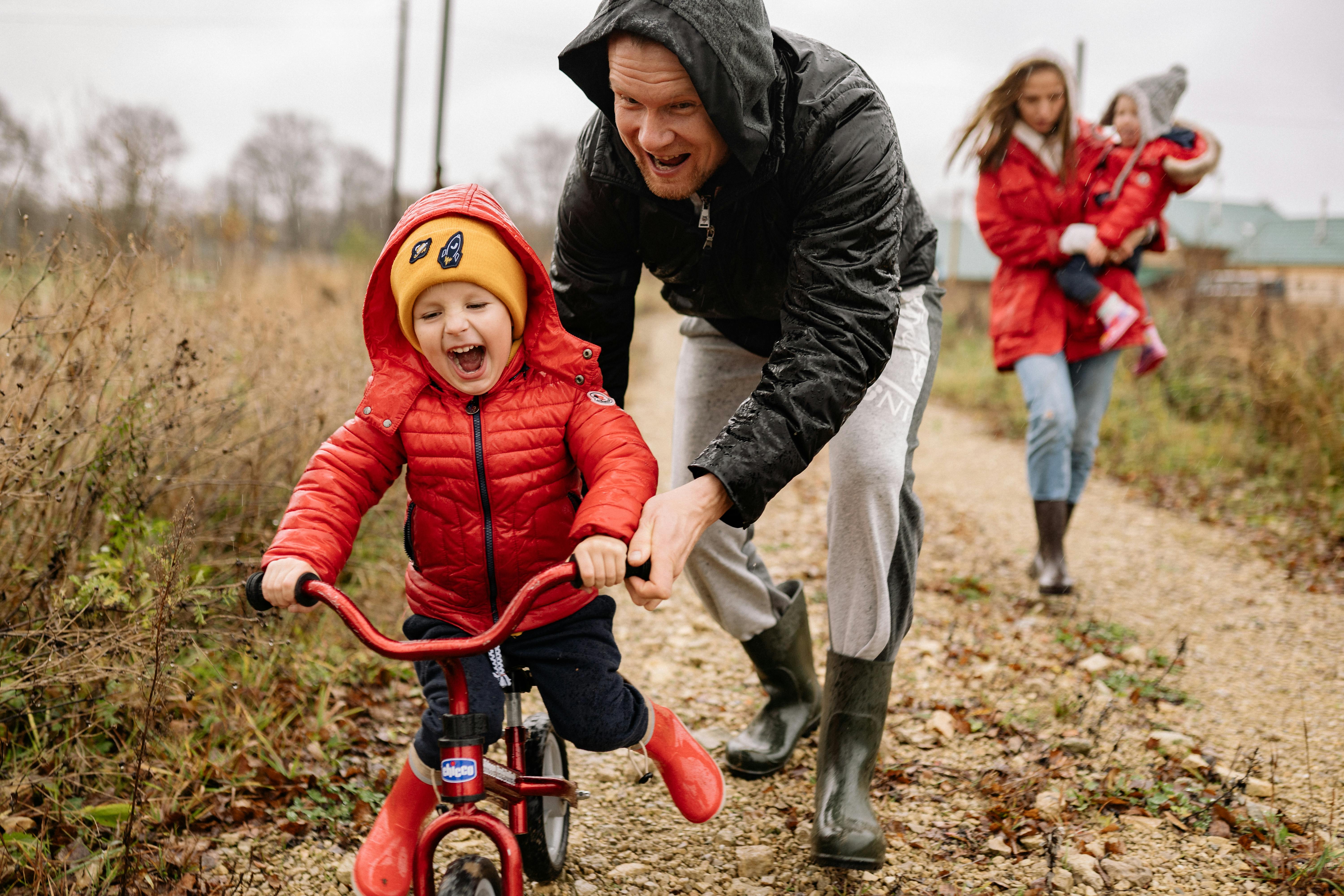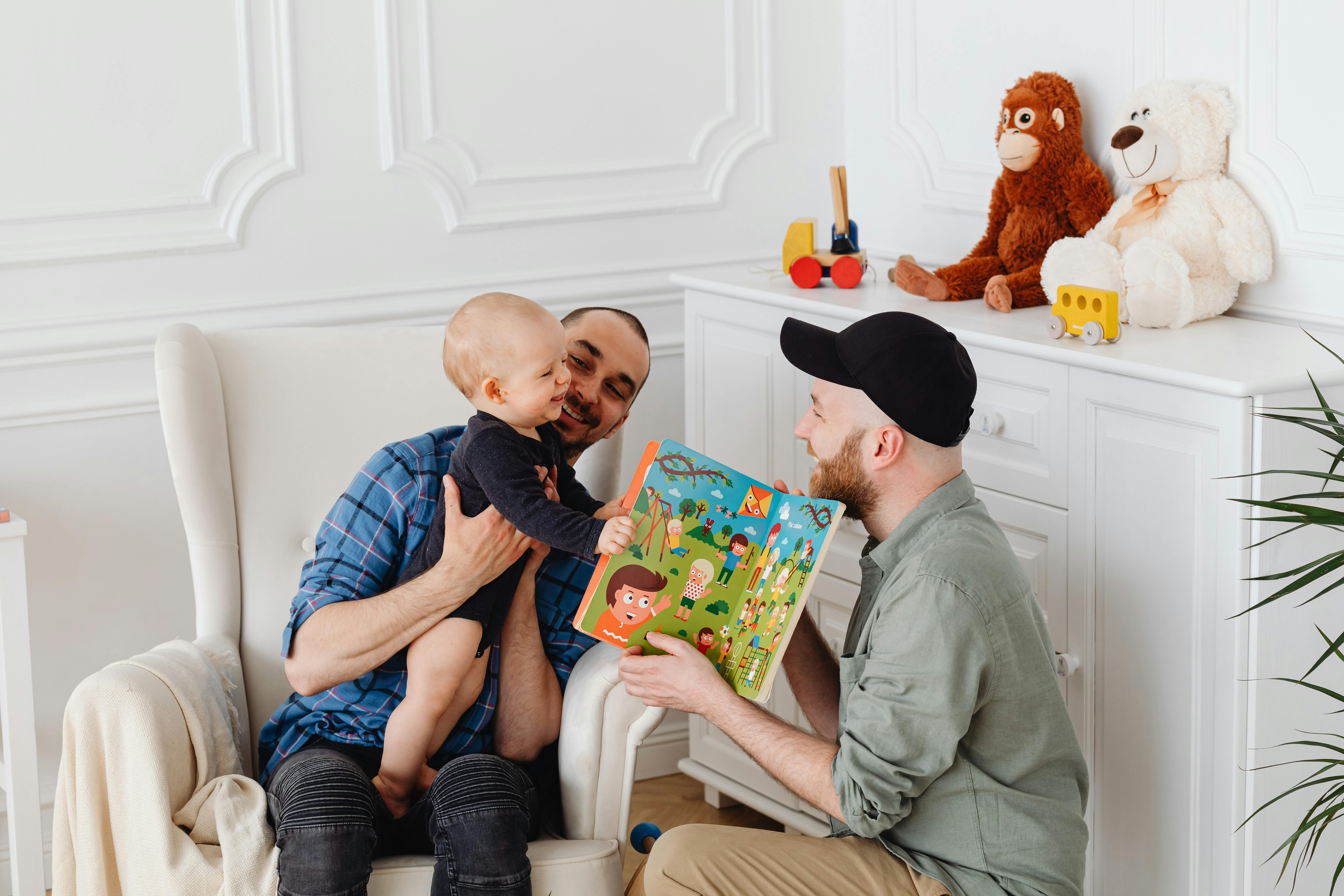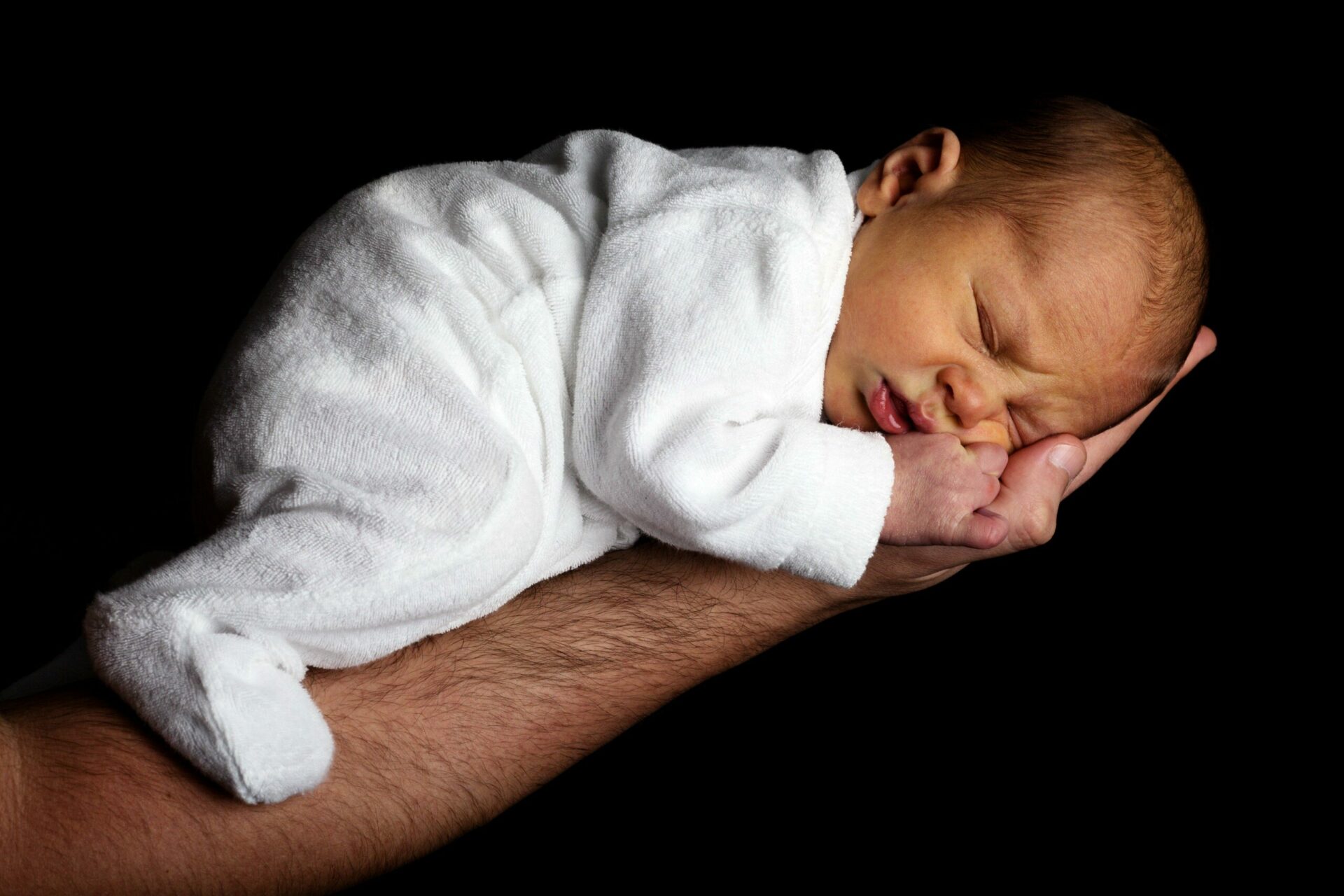When it comes to providing comfort and security for babies, loveys are a great option. A lovey is a soft, cuddly item that your baby can attach to and become emotionally attached to. Loveys provide a sense of security for babies when they are away from their parents or caregivers. But when is the right time to give your baby a lovey? Read on to find out when and how you can introduce your baby to their new best friend.A lovey is a type of comfort object for young children. It is typically a small, soft item, such as a blanket, stuffed animal, or doll. It helps to provide emotional security and can be held or hugged as a source of comfort. Loveys are often given to younger children as they transition from infancy to childhood.
The Benefits Of A Lovey For Babies
A lovey is a type of comfort item that helps soothe babies and promote a sense of security. It is typically a small blanket or stuffed animal that your baby can hold onto when they are feeling upset or scared. Loveys can be incredibly beneficial for babies, providing emotional and physical comfort. Here are some of the benefits of having a lovey for your baby:
One of the most significant benefits of a lovey is that it helps babies feel secure and safe. When babies are exposed to unfamiliar environments or people, having their lovey close by can help them feel more confident and secure. The familiarity and comfort provided by the lovey helps to reduce stress levels in babies, allowing them to feel more relaxed.
A lovey also helps babies develop emotionally. Through cuddling with their lovey, babies learn how to express emotions such as happiness, sadness, anger, and fear. This emotional development is essential for growing up healthy and happy.
Having a lovey also provides physical comfort to babies. Cuddling with their lovey can help soothe sore muscles or reduce pain during teething. The softness of the material also provides gentle pressure on the baby’s skin which can help relax them.
Finally, a lovey is great for helping babies get better sleep. It provides a sense of familiarity which helps create a calming environment that encourages better sleep quality and quantity. The physical comfort provided by the lovey also makes it easier for babies to drift off into peaceful slumber.
In conclusion, there are many benefits to having a lovey for your baby. From providing emotional security to physical comfort, having a lovey can help promote healthy development in your little one!
When To Introduce A Lovey To Baby
Introducing a lovey to your baby can be a great way to provide comfort and security. Loveys are small, soft items that provide a sense of familiarity and connection that can help your baby feel safe and secure. But when is the best time to introduce a lovey to your baby?
The ideal time to introduce a lovey will depend on the individual child, but most experts recommend introducing a lovey when your baby is between 3 and 6 months old. At this age, babies are more aware of their surroundings and may be able to form an attachment to the lovey. It’s important to note that introducing a lovey too early may mean that it won’t provide the desired comfort or security as your baby may not be developmentally ready for it yet.
Once you have decided to introduce a lovey, it’s important that you choose one carefully. Soft items such as stuffed animals, blankets or dolls are popular choices for babies, as they can easily be cuddled and hugged. It’s also important that the item is small enough for your baby to hold comfortably without being too large or heavy.
When introducing the lovey, it’s important to make sure your baby is calm and relaxed first. You can do this by talking softly, playing soothing music or cuddling in arms before presenting the item. Encourage your baby by smiling and saying encouraging words when he or she touches or plays with the object.
Loveys are not only great for providing comfort but also help babies learn about objects in their environment. As they develop motor skills, they will explore their surroundings by touching, smelling and tasting things around them. Having something familiar like a lovey will help them feel safe as they explore their environment more confidently.
Choosing the Right Lovey
When it comes to finding the right lovey for your child, there are a few things to consider. The first thing is the age of your child. Generally speaking, loveys are most appropriate for babies and toddlers who are still in the process of developing strong attachments to objects and people. It’s important to choose a lovey that is age-appropriate so your child can bond with it and use it as a source of comfort.
The second thing to consider is the size and texture of the lovey. It should be small enough for your child to carry around easily and should also be made out of soft material. This will make it more comfortable for your child, especially when cuddling up with it in bed or during naps. Additionally, when choosing a lovey, look for one that has bright colors or patterns that your child may find interesting.
Another important factor in choosing a lovey is durability. You want to make sure that the material used to make the lovey is durable enough to withstand repeated washings and wear-and-tear over time. Most quality loveys are machine washable so you won’t have to worry about handwashing them after every use.
Finally, consider safety when selecting a lovey for your child. Make sure that any small parts or accessories attached to the toy are securely fastened so that they don’t pose any choking hazards or other potential risks to your little one. Additionally, check for any sharp edges or rough surfaces that could potentially cause injury.
By keeping these tips in mind when selecting a lovey for your little one, you can ensure that they have something special and safe that will provide them with comfort throughout their childhood years!
What To Look Out For When Choosing A Lovey
When it comes to choosing the right lovey for your child, there are many factors to consider. Safety is always a top priority, so it’s important to make sure the lovey you choose is free of small parts or choking hazards. You’ll also want to make sure that the lovey is made of soft and comfortable materials that won’t irritate your child’s skin. Furthermore, it’s important to look for a lovey that will stand up to wear and tear from being loved on constantly. It’s also wise to find one that can be easily washed in case of any spills or accidents. And lastly, you’ll want to find a lovey that your child will truly connect with and enjoy snuggling with.
In addition to checking for safety and comfort, you’ll also want to think about the design of the lovey. If your child has a favorite character or animal they enjoy, you may want to look for something they can relate to. Having a lovey they can identify with can help build an even stronger connection between them and their special toy. There are countless options when it comes to choosing a lovey, so take some time exploring different designs until you find one that suits your child best.
Finally, remember that no two children are alike when it comes to picking out their perfect lovey. Some may prefer something cuddly while others may like something more interactive or tactile. Take into account what kind of toy your child typically gravitates towards when shopping for their new companion. With a little bit of research and consideration, you’ll be able find the perfect lovey for your special little one!

Making Sure Baby Is Safe With A Lovey
Babies need comfort and security, and one of the best ways to provide that is with a lovey. A lovey is a small blanket, doll, or other item that your baby can hold on to and snuggle with. It’s an important part of helping your baby feel secure and safe. When your baby has a lovey, they will be able to recognize it even after you are not around, providing them with a sense of comfort.
To help make sure that your baby is safe with their lovey, you should ensure that the lovey is in good condition. Check for any loose pieces or threads that may come off easily, as these can pose a choking hazard for your baby. If you find any loose pieces or threads, remove them immediately before giving it back to your baby. You should also check the seams of the lovey to make sure they are secure and don’t have any sharp edges.
You should also be mindful of where you keep the lovey when it’s not in use. Make sure that it’s stored somewhere out of reach of young children who may put it in their mouth or pull at it. Doing this will help ensure that your baby doesn’t get hurt while playing with their lovey.
Finally, make sure that you always supervise your baby when they are playing with their lovey. Even if the toy is in good condition and stored safely out of reach, there is always a chance that something could happen while they are playing with it. By staying close by when they are playing, you can prevent any accidents from happening and make sure your baby stays safe at all times while using their lovey.
Introducing a Lovey to Baby
Introducing a lovey to baby can be both an exciting and stressful experience for parents. A lovey, also known as a security blanket or transitional object, is a small item that helps babies feel secure and comforted. It can be anything from a stuffed animal to a soft blanket or even just a special toy. When introducing your baby to their lovey, it’s important to keep in mind that it should be an enjoyable experience for both parent and child. Here are some tips on how to help make the introduction go smoothly:
1. Choose the Right Lovey: The key to introducing your baby to their lovey is choosing the right one. Pick something that is soft, comfortable, and easy for them to hold on their own. A stuffed animal with big eyes and ears is usually a good choice for infants because they can easily grab onto it. If you’re looking for something more neutral, blankets are often preferred because they don’t have any intimidating features and come in various textures and colors.
2. Make It Special: Once you’ve chosen the perfect lovey for your baby, make sure you take some time to give it some extra special attention. This could mean taking the time to personalize it with your child’s name or giving it an extra special wash before introducing it so that it smells fresh and inviting. You could even take some family photos with the new lovey so that your child will associate happy memories with it from the start!
3. Create Positive Associations: When introducing your baby’s new lovey, try to create positive associations by having them associate certain activities with it such as snuggling up for story time or cuddling at night before bedtime. This will help them develop an emotional connection with their new comfort object which will make them more likely to reach out for it when they need comforting or reassurance in unfamiliar situations like going to the doctor or travelling away from home.
4. Be Patient: As much as you may want your child to immediately fall in love with their new companion, remember that this process can take some time so try not to rush things too much! Allow your child plenty of opportunities over time to develop an attachment and provide lots of encouragement when they do show signs of progress such as reaching out for the object on their own or seeking comfort from it during times of distress or fear.
By following these tips parents can ensure that introducing a lovey into their baby’s life is both enjoyable and beneficial!
Cleaning Lovey
Loveys are a cherished item for babies and small children, and it’s important to keep them clean so they stay safe and clean for your little one. The best way to clean a Lovey is to gently hand wash it in cold water with a mild detergent, then air dry it. You can also machine wash the Lovey on gentle cycle, but be sure to use cold water only. If the Lovey is very dirty, you can also use a gentle stain remover before washing. Be sure to never put any type of stuffed toy in the dryer as this could damage the fabric or cause it to shrink.
Storing Lovey
Storing your baby’s Lovey correctly is just as important as cleaning it properly. Make sure the Lovey is completely dry before storing it away in an airtight container or plastic bag. This will keep dust and dirt from getting into the fabric and harming your baby’s delicate skin. Also, make sure that your child does not have access to the container or bag, as they could potentially choke on small pieces of fabric if they were to get into the container or bag.
Maintaining Lovey
Maintaining your baby’s lovey is important for keeping them safe and healthy. Check for any rips or tears in the fabric regularly, and patch them up if needed. You can also take time each month to un-stuff the lovey and check for any loose threads or missing pieces of stuffing. If you find any, take time to re-stuff or replace them so that your baby’s lovey stays safe and intact.
Finally, make sure that you rotate between two loveys so that one has time to air out while another one is being used by your child – this will help prevent bacteria from accumulating on surfaces over time. With proper cleaning, maintenance, and storage techniques, your child’s lovey will last longer and stay safe for cuddling!

Conclusion
Loveys are a great way to comfort and provide security to babies. After all, babies are just little people who can’t express their feelings like adults do. With the help of a Lovey, they can find comfort and assurance in an otherwise unfamiliar world. While there is no specific age that is recommended for when a baby can start using a Lovey, it’s usually advised to wait until the baby is at least 3-4 months old. This will allow the infant time to become familiar with their environment and establish some level of trust before introducing something new.
In addition, parents should make sure that the Lovey is safe for their baby by checking it for any loose parts or signs of wear and tear that might pose a choking hazard. They should also ensure that the Lovey isn’t too big or bulky for their infant as this could be uncomfortable or even dangerous.
By following these simple guidelines, parents can safely introduce their little one to the world of comfort objects like Loveys – providing them with security and assurance during those early months of life.




